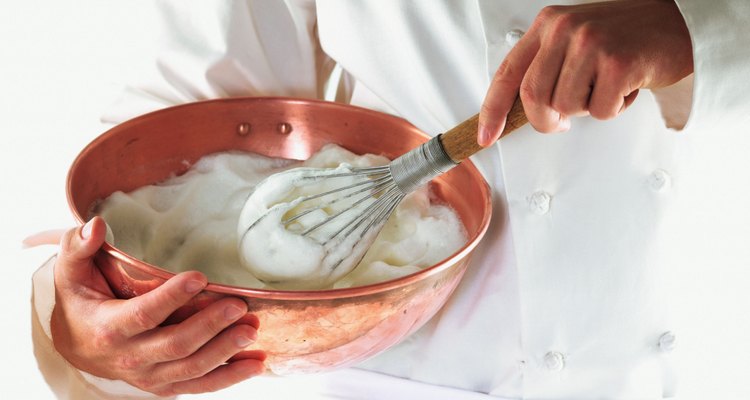
Each stage of beaten egg white has specific uses. To get the best results, the egg white needs to be at the stage the recipe calls for. Avoid plastic bowls when beating egg whites because it can be difficult to remove every trace of grease from plastic, and even the slightest bit of grease can cause problems. Using room temperature egg whites and equipment helps speed egg white beating.
Foamy to Clarify
Foamy is the first stage of beaten egg white. The whites will have comparatively large bubbles. These bubbles are clear, like the egg whites are as they come out of the shell. The frothy, foamy liquid will be free-moving and easy to pour. This is used to clarify, or clear, broths used for soups and consommes. The beaten whites draw and combine with traces of fat and other particles that can cloud the broth. The broth is then skimmed or strained.
Stiff Foam or Soft Peaks
The second stage of egg white beating comes after the foamy stage, with its large, clear bubbles. In the stiff foam or soft peaks stage, the bubbles are smaller, and the color whitens as the beating continues. When you lift the whisk or beaters, soft points will form and their peaks will round downwards. The mass will move easily around the bowl when it is tilted. This stage is used as leavening in waffles, angel food cake and similar recipes. This stage is also used for soft meringues.
Stiff Peaks
This third, and what should be final, stage of beating egg whites is used for hard meringues, cakes, tortes, souffles and ice creams. The texture is thicker and firmer, creating peaks that hold their shape and their points when lifting the whisk or beaters out of the whites. The whites have a glossy and moist look. According to “Understanding Food: Principles and Preparation,” perfection has been achieved with this stage if the bowl can be turned upside down and the beaten whites remain in place.
Over-Beaten and Dry Peaks
If egg whites are beaten too long, they enter the over-beaten stage. Stiff, dry peaks will form. The moist look is gone, replaced with a dry, dull look. Chunks may even start to fly off. Even though they are stiff, these whites will not hold their shape. Instead, liquid will start to leak out within a fairly short period of time, and the whites will collapse. If you've accidentally reached this stage, your best bet is to start fresh, with new egg whites and clean equipment, so the quality of your dish doesn't suffer.
Related Articles
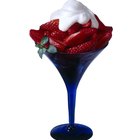
How to Mix Whipped Cream Cheese & ...
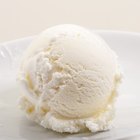
How to Make Vanilla Ice Cream With ...
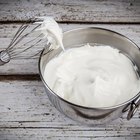
How to Make Frosting Bubbles for a ...

Cake Pops Recipe with a Galaxy Design
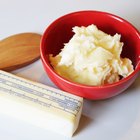
How to Cream Butter Without a Mixer

The Best Way to Clean White Sneakers
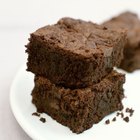
What Kind of Oil Do You Use in Brownie ...

How to Get Yellow Out of a Gray Beard
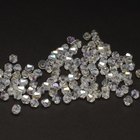
What Is Crystal AB?
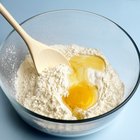
What Can You Use in Place of Egg Yolk ...

How To Separate Fat From Meat Juices
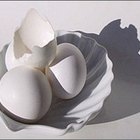
How to Freeze Egg Whites

How to Decorate Cake Using Heavy ...
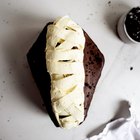
How to Make a Mummy on a Coffin Cake

How to Cook Tapioca Balls

How to Make Bakery-Style Whipped Icing
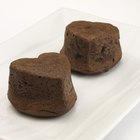
What Is a Souffle Dish?

What Causes Cupcakes to Fall?
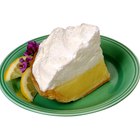
Problems With Whipping Egg Whites

How to Cook Spring Rolls That Are Not ...
References
Resources
Writer Bio
Sharon Secor began writing professionally in 1999, while attending Empire State University. Secor specializes primarily in personal finance and economics, and writes on a broad range of subjects. She is published in numerous online and print publications, including Freedom's Phoenix, the ObscentiyCrimes and the American Chronicle.
Photo Credits
Brand X Pictures/Brand X Pictures/Getty Images